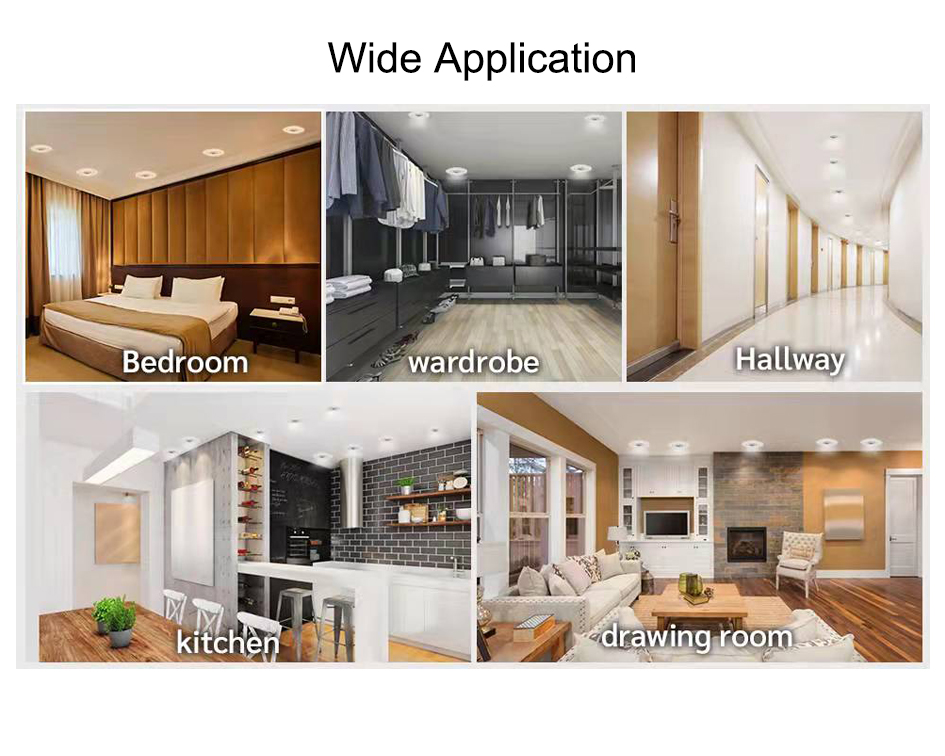According to a report recently organized by the Physicists Organization Network, researchers at the University of British Columbia (UBC) in Canada developed a technology for wirelessly charging electric vehicles using a “long-distance magnetic transfer device†and successfully tested on campus service vehicles. . This technology will hopefully accelerate the universal use of electric vehicles in Canada. Wireless charging is a hot technical solution for everything from mobile phones to electric vehicles, but people are always concerned about the high power, high frequency electromagnetic fields used for wireless charging and their potential impact on human health. Ron Whitehead, a professor of physics at UBC, and his team invented a completely different approach. It operates at a frequency 100 times lower than that of general-purpose technology, and the exposed electric field is negligible. Their solution uses a "long-distance magnetic transfer device" - a rotating base magnetic base (second placed in the car) powered by grid power to eliminate the use of radio waves. The base magnetic seat provided at the charging station can remotely start rotation of the magnetic seat in the vehicle, thereby generating electricity to charge the battery. The researchers installed four wireless charging stations on the University of British Columbia campus and adapted the new technology for the tested campus service vehicles. Tests have shown that the system is 90% more efficient than cable charging. It takes 4 hours to fully charge the vehicle and 8 hours for fully charged vehicles. David Woodson, general manager of infrastructure operations at the university, said that one of the major challenges for electric vehicles is the need to connect power cords and outlets, but also often in bad weather and congested conditions. After the system began testing, the driver's feedback has been very positive. All they have to do is park the car and the vehicle will automatically start charging. The team originally envisioned designing a magnetically driven charging system for small medical devices such as implantable pacemakers. The current larger system has been supported by the Innovation Fund of the National Research Council of Canada. The campus is being tested as a living laboratory and is expected to provide valuable data for further research and development. At present, the research team has filed a patent application through the University Industry Liaison Office. (Feng Weidong)
We supply various down light, including recessed
down light, surface mounted downlight, small led downlights etc.
The below information will help you to know
more about down light.
What are downlights?
A Downlight is a light placed or designed
to throw illumination downwards, concentrating the light in a downward
direction.
What is the difference between downlight
and ceiling light?
The difference between downlights and
ceiling mounted lights are how they are installed into the roof. Both are
mostly flush mounted against the ceiling with a hole to install the light,
downlights requiring a larger hole.
Which rooms should have downlights?
Downlights are often used as spotlights or
used in areas where you need an additional amount of light for task
illumination. They're one of the most popular types of ceiling lights in
kitchens as a way to light up countertops and work surfaces. They're also great
for general ambient lighting in larger rooms.
Down light is suitable for commercial and residential spaces,
can be installed in a multitude of commercial and residential spaces needing
vibrant lighting including bedrooms, kitchens, living rooms, office spaces,
hotels, retail stores, and more!
Down Light ,Recessed Downlight,Bathroom Downlights, surface mounted downlight NINGBO LONGFLIGHT INTELLIGENT TECHNOLOGY CO.,LTD , https://www.long-flight.com
